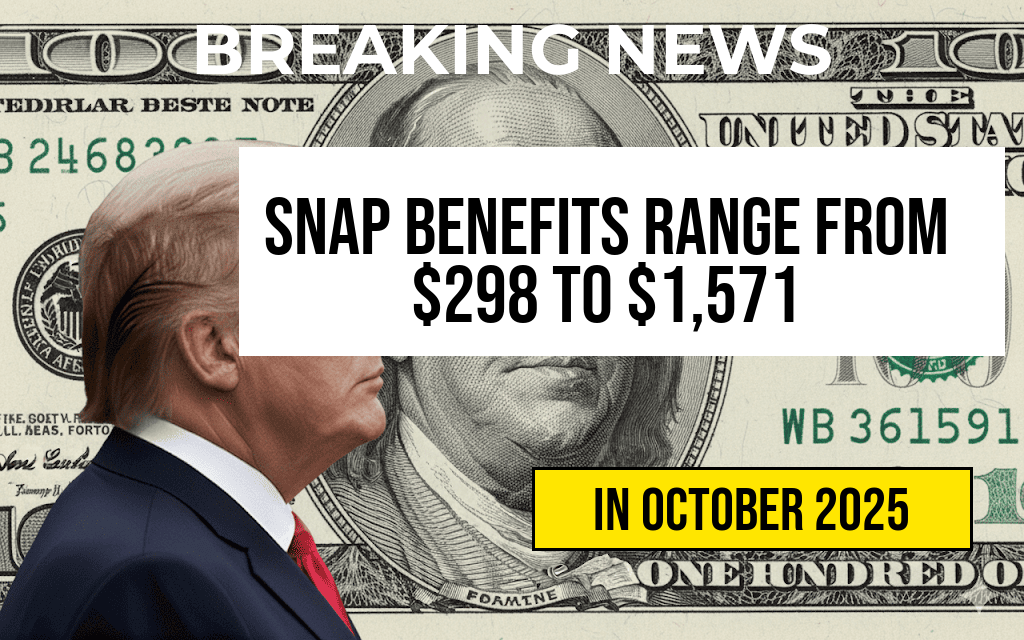Amid ongoing discussions about economic relief measures, recent claims that Americans are receiving a $2,200 child tax credit and a $25,000 tip break have surfaced online. While these figures have sparked interest, experts clarify that these benefits are not universally available or permanent. Although the current relief programs provide significant assistance, they do not represent the largest ever payouts in U.S. history. Instead, these figures highlight targeted or temporary benefits that are often misunderstood or misrepresented in social media conversations.
Understanding the Current Child Tax Credit Program
The Child Tax Credit (CTC) has undergone multiple reforms over the past few years. For 2023, the American Rescue Plan temporarily expanded the credit, providing up to $3,600 per child under age 6 and $3,000 per child aged 6 to 17. These payments are generally distributed monthly and are designed to assist families facing economic hardships, especially amid ongoing inflationary pressures.
However, the specific claim of a $2,200 child credit likely references the maximum available under the recent expanded program, but only for qualifying families with certain income levels and dependents. It’s important to clarify that this is not a flat amount sent to all taxpayers but rather a means-tested benefit, often subject to phase-outs based on income thresholds.
The $25,000 Tip Break: What It Really Means
The mention of a $25,000 tip break appears to be a misinterpretation of recent tax or regulatory policies related to gratuities and service industry workers. Some headlines have exaggerated or simplified complex tax provisions, leading to claims that servers and hospitality workers are receiving enormous tax breaks or bonuses. In reality, there are no widespread, government-funded $25,000 bonuses or tip subsidies for tipped employees.
Instead, certain tax credits and deductions, such as the tip credit in the Fair Labor Standards Act, regulate how employers and workers report gratuities. These rules aim to ensure proper taxation but do not amount to direct payments or bonuses. Any mention of a $25,000 “tip break” is likely a conflation of multiple policies or a misunderstanding of tax law reforms designed to benefit service workers.
Are These Benefits the Largest Ever?
| Benefit Program | Maximum Payout | Period |
|---|---|---|
| American Rescue Plan Child Tax Credit (2021) | $3,600 per child | 2021 |
| COVID-19 Stimulus Checks (2021) | $1,400 per individual | 2021 |
| Housing Assistance (various programs) | Varies, some up to $20,000 | Ongoing/Temporary |
While the recent figures of a $2,200 child credit and a hypothetical $25,000 tip benefit may seem substantial, they do not surpass historic payouts like the American Rescue Plan’s expanded child tax credits or significant stimulus packages enacted during the COVID-19 pandemic. These earlier measures delivered one-time or periodic payments designed to bolster households during economic downturns but were not permanent fixtures.
Clarifying the Facts with Reliable Sources
Official government resources, such as the IRS, provide detailed explanations of current child tax credits, including eligibility and payment schedules. Similarly, reputable news outlets like Forbes and nonpartisan organizations like Wikipedia offer comprehensive overviews of past and present relief efforts.
It is essential for consumers to critically evaluate claims circulating online, especially those that suggest large, universal benefits without context. Many of these figures originate from misinterpretations or outdated information, and understanding the specifics can prevent misconceptions about what government programs currently offer.
What to Expect Moving Forward
Legislative debates continue regarding future relief measures, with proposals to extend or modify child benefits and tax credits. While some programs may be renewed or expanded, there are no indications that the current benefits will be increased to the levels suggested by exaggerated claims. Policymakers are balancing fiscal responsibility with the goal of supporting vulnerable populations, but large, permanent payouts like the ones described are not part of current legislative plans.
Individuals interested in maximizing their benefits should regularly consult official sources such as the IRS or reputable news outlets for updates and detailed eligibility criteria.
Frequently Asked Questions
What is the current status of the $2,200 Child Credit?
The $2,200 Child Credit is currently available and providing financial support to eligible families, though it is not the largest in history. Its availability depends on ongoing legislation and government programs.
Is the $25,000 tip break still available?
Yes, the $25,000 tip break remains in effect for eligible workers, offering significant incentives for tipping, though such breaks are subject to legislative updates and specific conditions.
Are these benefits considered the largest ever?
No, these benefits are not the largest ever. While substantial, they currently rank below some previous government aid programs, but they are still impactful for many recipients.
Will these financial benefits continue in the future?
The continuation of the Child Credit and tip break depends on legislative actions and policy decisions. It is important to stay updated with official government announcements for any changes.
Who is eligible to receive the $2,200 Child Credit and $25,000 tip break?
Eligibility criteria vary, but generally, families with qualifying children may receive the $2,200 Child Credit, and workers in tipping industries may benefit from the $25,000 tip break. Specific eligibility requirements are outlined by relevant government agencies.






